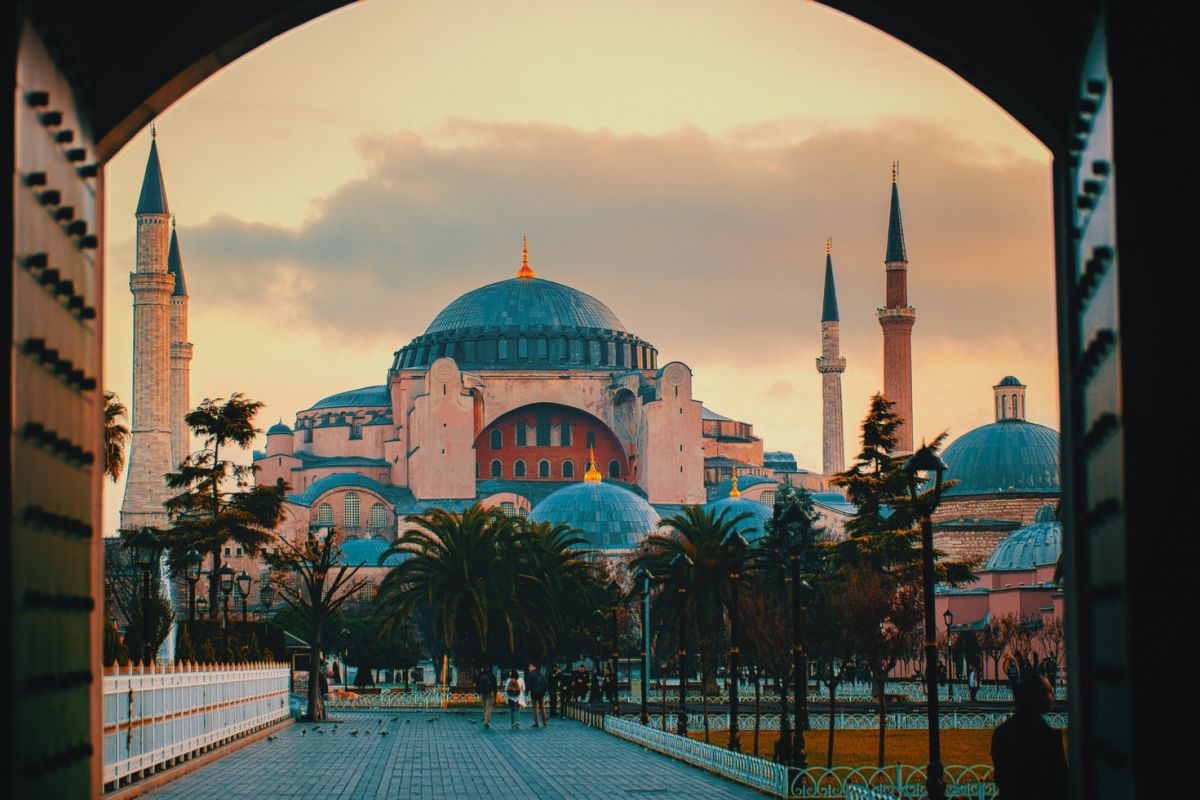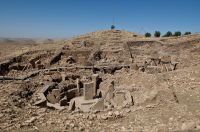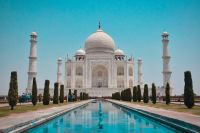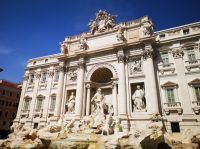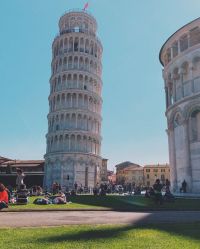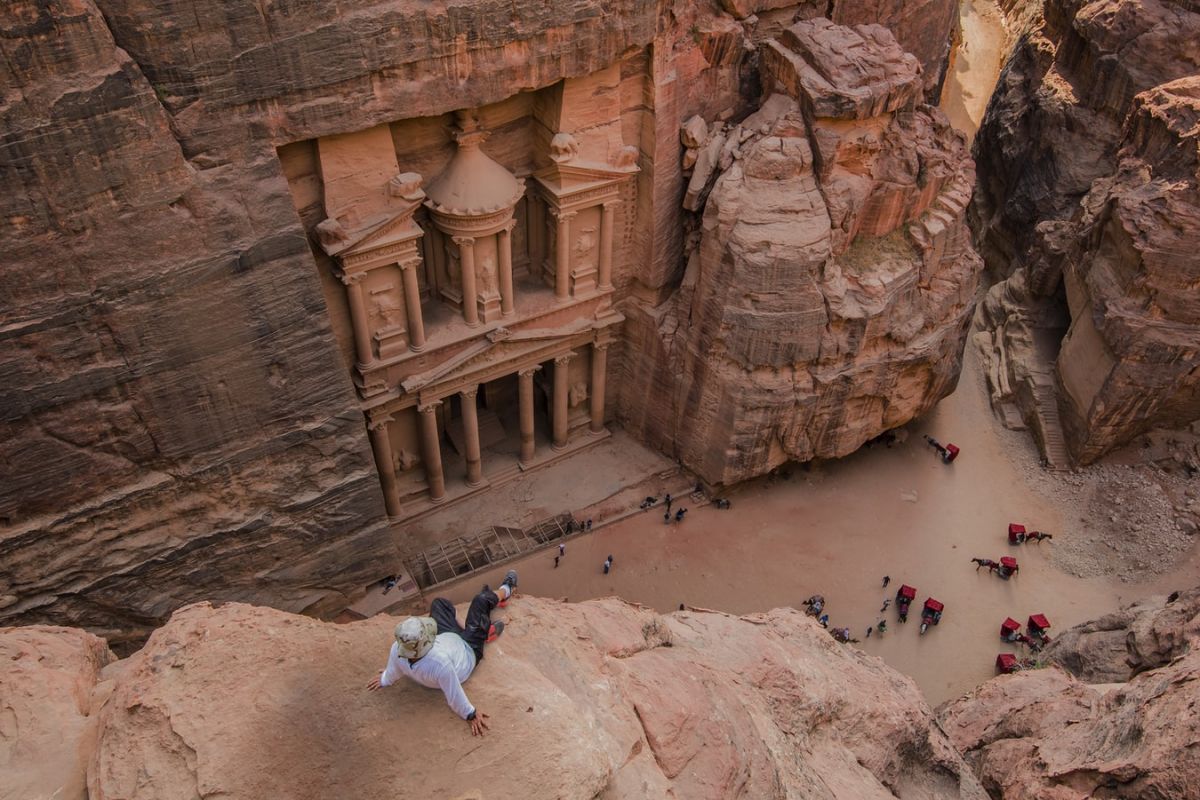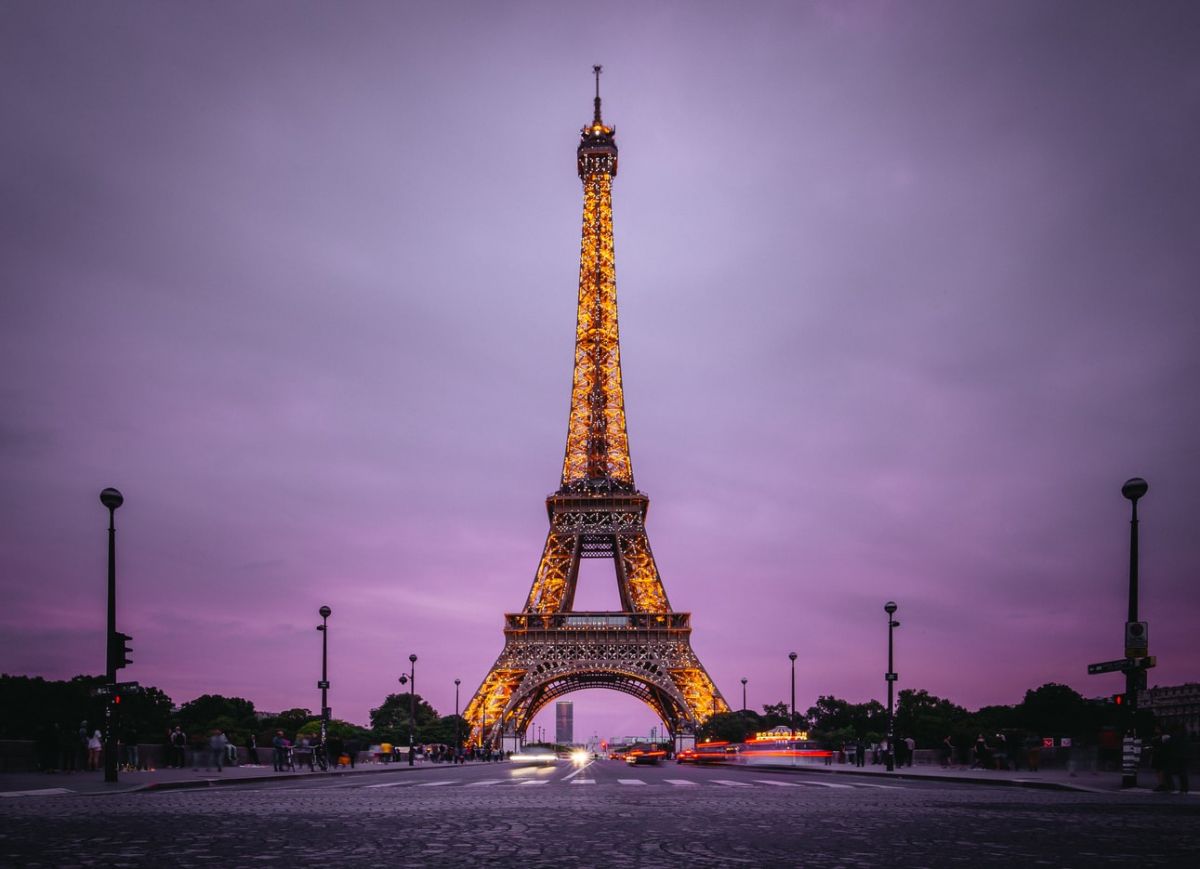18 facts about Trevi Fountain
Dating from the Baroque period, this fountain is one of the world's most famous. It was commissioned by the Pope, who wanted to modernize the previous ...
20 facts about Leaning Tower of Pisa
The Leaning Tower of Pisa is one of the most attractive European monuments. It is known worldwide and is visited by thousands of tourists every year. ...
26 facts about Temple of Artemis
Artemis was one of the most prominent gods of ancient Greece. She was the daughter of Zeus and Letho and a twin sister of Apollo. Ephesians devoted to ...
